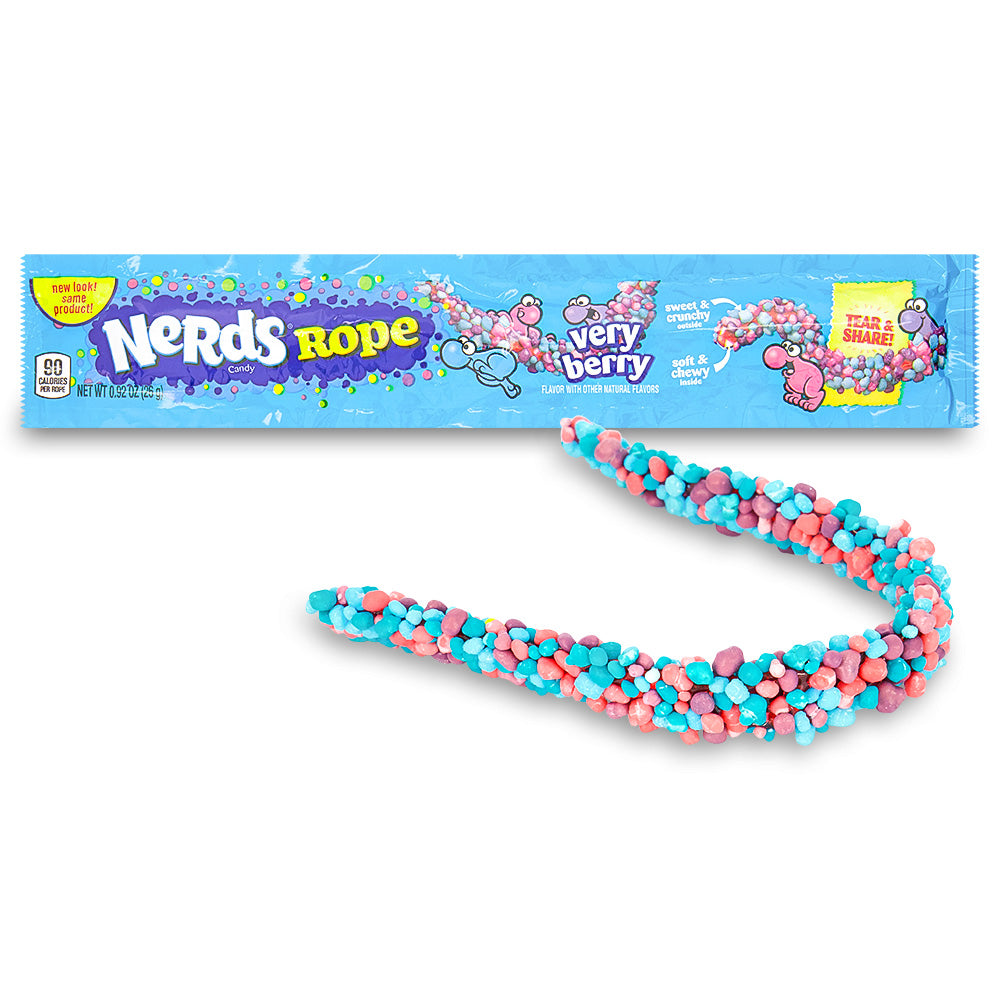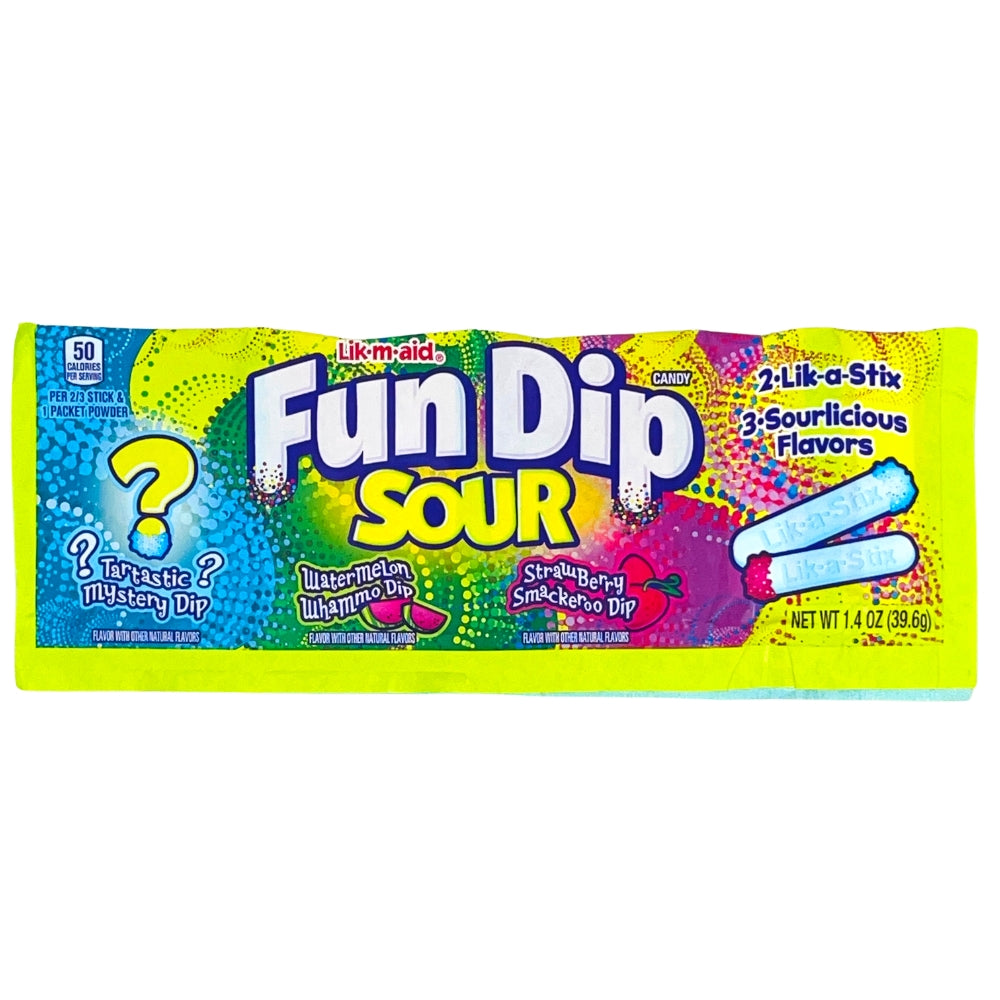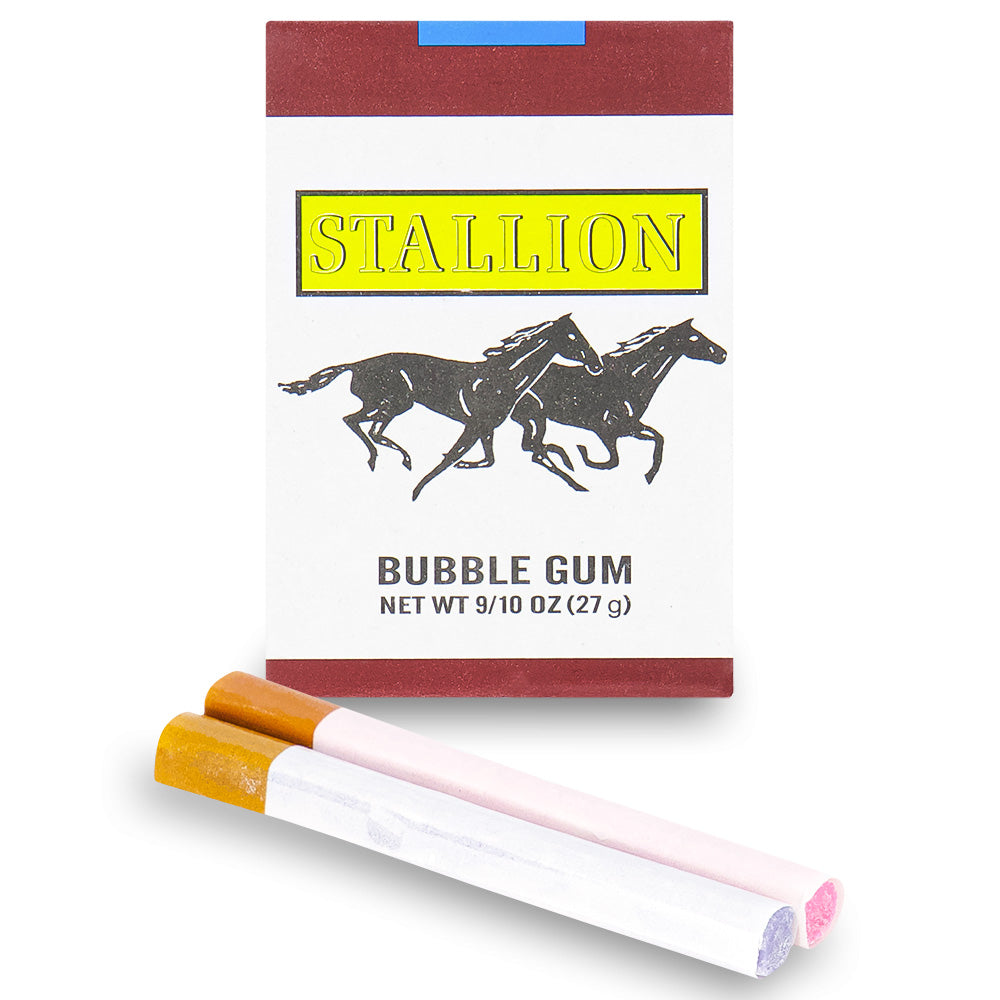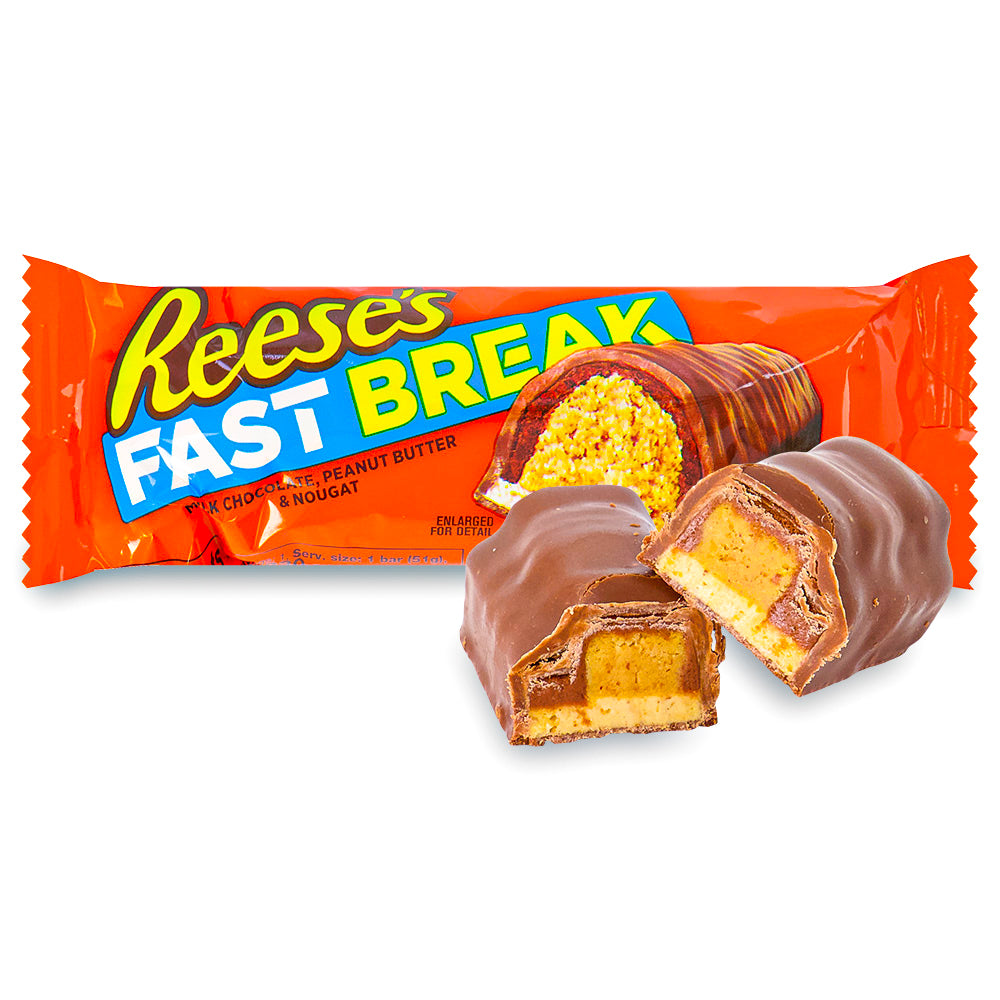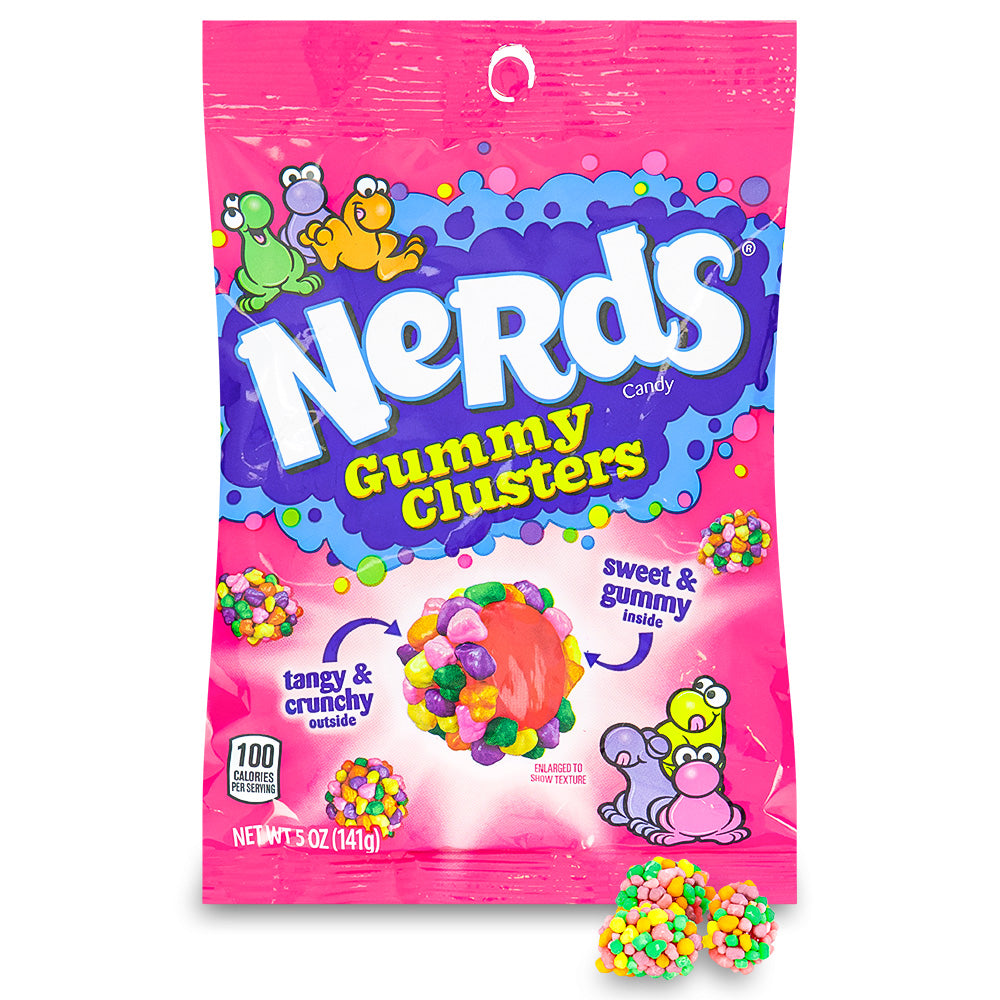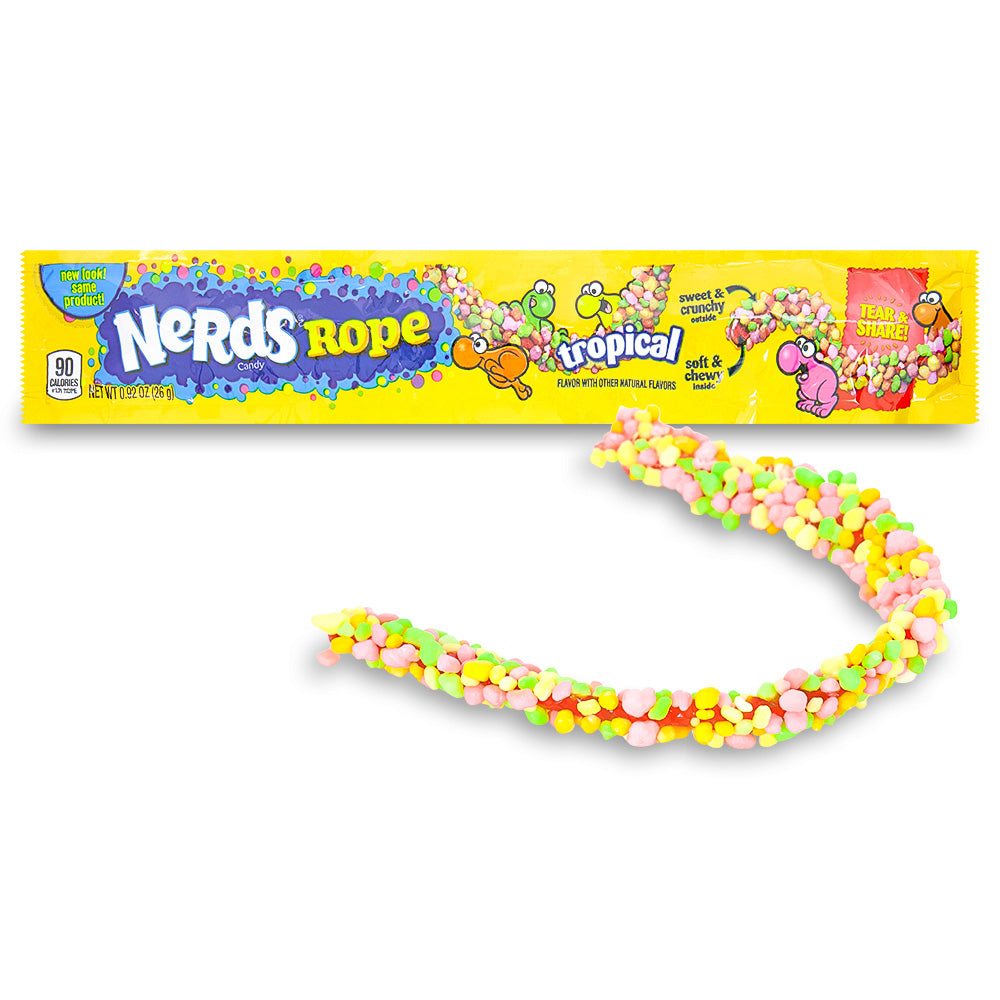Which candies come to mind when we say licorice? Twizzlers? Licorice Allsorts?
There are so many great options when it comes to licorice candies that it might be hard to choose just one favourite!
The thing that makes licorice so interesting besides its great flavour is that it has been around since the Middle Ages and used for not only confectionery sweets, but it’s also been used in medicine... for centuries! Plus, it’s been pretty popular with some major figures in history, including Alexander the Great, King Tut, and Napoleon Bonaparte. Not many candies can lay claim to have been part of that much of our world’s history!
Not everybody likes licorice,
but the people who like licorice really like licorice.”
~Jerry Garcia, from the band Grateful Dead
If you love the sweet taste of licorice, you’ll love learning more about the interesting and storied past of this confectionery sweet!
Here are the top 20 things you probably didn’t know about licorice:
- The word licorice is derived from the Greek, meaning “sweet root.”
- The spelling 'licorice' is used in Canada and the US, while the spelling 'liquorice' is used in the United Kingdom.
- Licorice is actually a type of flowering plant that is native to southern Europe and Asia.
- If you were to find the licorice plant in the wild, it would stand about 1.5m (5 ft) tall and have small purple and blue flowers.
- Glycyrrhizin is what gives licorice its sweet flavour…. And glycyrrhizin is 50 times sweeter than sugar! That’s a whole lot of sweet!
- Some of the most popular licorice-flavoured candies on the market today are actually flavoured with anise, a similar tasting flavour, but not true licorice!
- You can celebrate your love of licorice every year during National Licorice Day on April 12th.
Here’s the crazy licorice scene from an old film, Adam’s Rib, from 1949!
- Salmiak or salmiakki is a type of licorice confectionery common in Germany, Finland, Sweden, and other Nordic countries. It’s flavoured with ammonium chloride, which gives it a salty flavour. It’s commonly referred to as “salty liquorice.”
- There are many other names for licorice including black sugar, licorice root, liquorice, sweetroot, and sweetwood.
- Here’s how to say licorice in 5 different languages:
- French: Regliss
- German: Lakritze
- Italian: Liquirizia
- Spanish: Regaliz
- Indian: Mulethi
- Licorice was known and favoured among Ancient Egyptians. It was used as a medicine and in beverages and was even found in famous pharaoh King Tutankhamen’s tomb!
- In England, there’s mention of licorice dating back to as early as the 16th century. It’s thought that Dominican monks brought licorice to Britain and became established around Pontefract in Yorkshire.
- Many popular figures in history have enjoyed licorice including famous French military leader Napoleon Bonaparte who loved licorice and ate so much of it that his teeth turned black! Now that’s a lot of licorice. And here’s another bit of trivia: Alexander the Great had his armies take licorice with them to chew on if they were thirsty and water was scarce!
- Licorice has been used for medicinal purposes worldwide with the ancient Greeks, Romans, Chinese, and Hindus. It can be used to treat sore throats and ulcers and even helps to promote adrenal gland function.
Abbott & Costello getting some exercise for some licorice:
- Licorice flavouring isn’t just used in candies. It’s also used in soft drinks and herbal teas.
- Candy Funhouse offers a huge variety of licorice candies including more than 73 different kinds! Some of our classic favourites include:
- Black Licorice Laces
- Licorice Allsorts
- Licorice Babies
- Haribo Pontefract Cakes
- Good & Plenty
- Fini Tornadoes Sour
- Dr Pepper Licorice
- Barrett Black Jack Stick
- Claeys Horehound Old Fashioned Hard Candies
- A&W Root Beer Licorice Twists
- Crows Theatre Pack
- Lucky Country Berry Fusion
And so many more!
- In the Middle Ages, Italian knights would use this romantic phrase to dedicate to the ladies they were sweet on: "L’amore e’ un sogno, dolce come il latte e la liquirizia." What does it mean? “Love is a dream, sweet as milk and licorice.” How sweet!
- Licorice is still thought to have benefit in the medical community. There’s new research showing that licorice may help to prevent cancer from growing at the cellular level. Wow! Additional clinical studies and research are still being performed, but what a wonderful world it would be if licorice could double as a sweet treat and a cancer-killing candy too!
- To make licorice candies, the ingredients are dissolved in water and then heated. The liquid licorice is then poured into moulds that give fun licorice shapes like the twisted braid that is iconic for Twizzlers.
- There are so many licorice look-alike products that come in a wide variety of flavours today including strawberry, cherry, raspberry, cinnamon, apple, mango, blackcurrant, and watermelon among others. These are often called “licorice” because of their shape but as this list has shown, there’s a lot more to true licorice than meets the eye!
BTW, remember the “bad licorice” scene from Wayne’s World??? Here’s the clip:
Take these fun facts and go wow your licorice-loving friends with your candy-savvy knowledge… And let us know in the comments below what the most surprising fact you learned about licorice and your favourite licorice candy! While you’re already surfing the web, follow us on Facebook, Instagram, and Twitter to stay up to date on all the latest candy crazes and breaking news.
- - - -
#licorice #facts #interestingfacts #knowledge #sweetsWeLove #historyBuffs #candyFunhouse #favouriteCandy #FunFacts #didYouKnow



